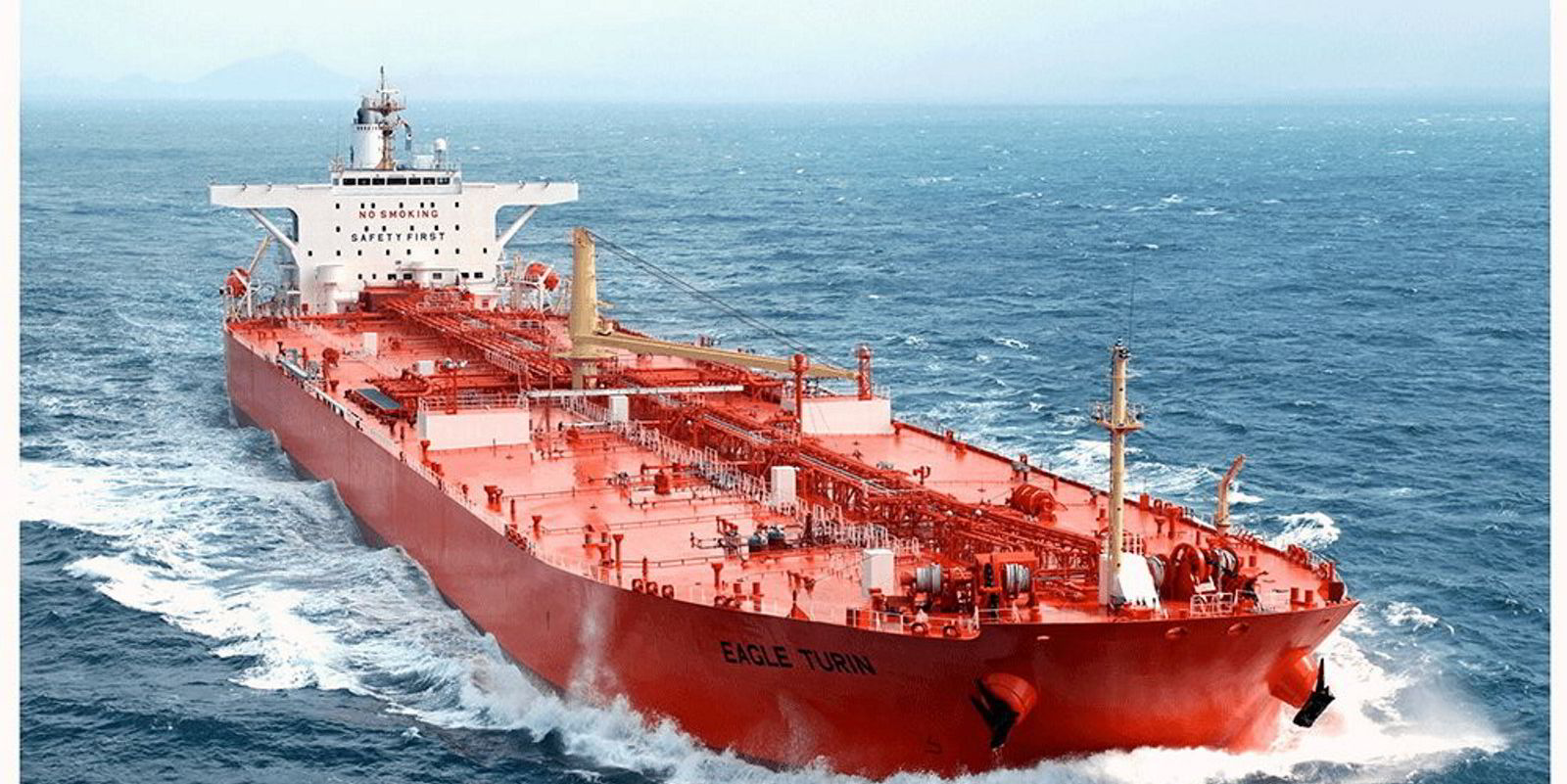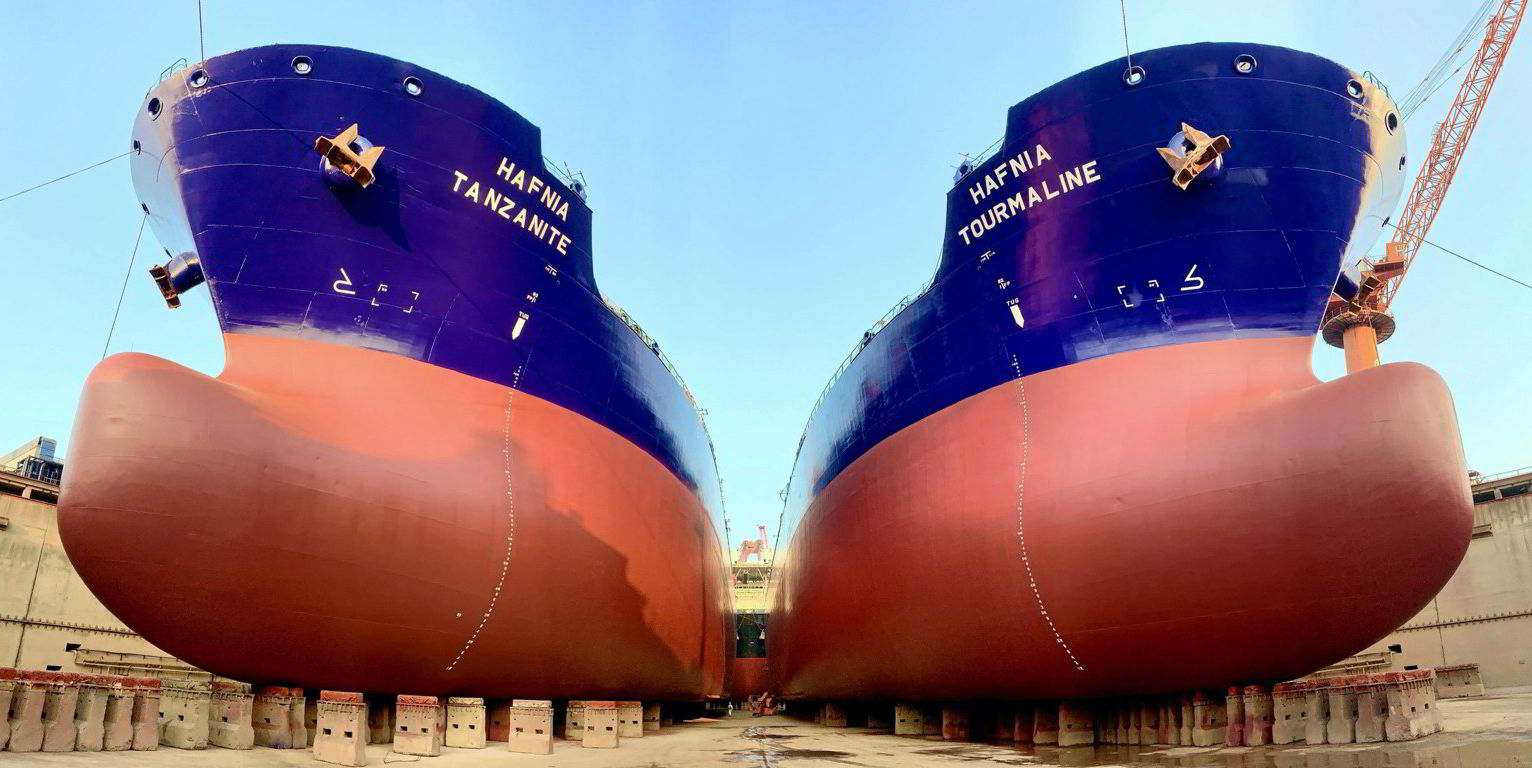Crude tanker rates have risen to levels not seen for 18 years with more expected to come after a “bonkers” week that saw charterers scrambling for tonnage before a European Union ban on Russian imports.
Midsize tankers led the charge owing to a perfect storm of high demand, shortage of ships and port delays caused by poor weather conditions, according to brokers.
European refiners have been forced to look further afield for crude — such as the US Gulf Coast, Brazil and Guyana — boosting voyage distances and driving up tonne-mileage.
VLCC spot market rates have also been buoyed by the decision of Opec+ countries to cut production by 2m barrels per day until the end of the year, which Maritime Strategies International (MSI) said is creating a rush for crude supplies to fill reserves.
Nick Watt, head of freight pricing at Argus Media, said: “The crude tanker fleet is struggling to accommodate the shifts in crude flows stemming from the war [in Ukraine], pushing crude tanker rates higher on all routes.”
Analysts predict that the surge will continue next week, with Frontline due to report its third-quarter results. Anders Redigh Karlsen, head of shipping at research company Kepler Cheuvreux, said the John Fredriksen-led company could report an improvement in tanker prospects compared with rivals that have reported earlier.
Volatility in the sector, with a series of unanswered questions about the impact of the European Union’s seaborne Russian import ban from next week, makes it hard to assess just how high rates can go, according to analysts.
MSI said uncertainty in oil markets and the impact of imminent changes to European imports from 5 December was not just supporting markets but “propelling them stratospherically”.
The immediate demand for cargoes in a stretched market has outweighed pessimism over the state of the global economy and potential further production cuts to lift rates, it said. Saudi Arabian energy minister Prince Abdulaziz bin Salman said on Monday that Opec+ countries would further reduce production if needed.
“We are entering the kind of conditions where it becomes very difficult to gauge and calibrate just how high markets could go,” MSI said in its monthly tanker report.
It added that cargoes are likely to thin out in the second quarter of 2023 but “for now ... owners will enjoy surging demand growth driving very strong earnings”.
The Baltic Exchange’s Dirty Tanker Index stands at 2,496 — the highest it has been since October 2004.
Tanker rates were propelled in 2004 by unexpectedly high demand from booming China, combined with a long-term failure to renew an ageing tanker fleet.
Time charter equivalent rates for aframax and suezmax crude carriers both topped $100,000 per day in the last week. TCEs for the largest crude carriers reached their highest levels since April 2020 at more than $75,000 per day, according to the Baltic Exchange.
Shipbroker Barry Rogliano Salles said rates for aframaxes had been “completely bonkers” last week as charterers scrambled to find tonnage.
TCE average earnings for aframaxes rose $4,569 to $122,906 per day, boosted in part by higher freight rates on the Pacific Russia to China routes.
Aframax demand also fed into rising suezmax rates in the Mediterranean and Black Sea.
For VLCCs, BRS said the “fundamentals remain tight for the upcoming week and there appears likely further gains around the corner”.





